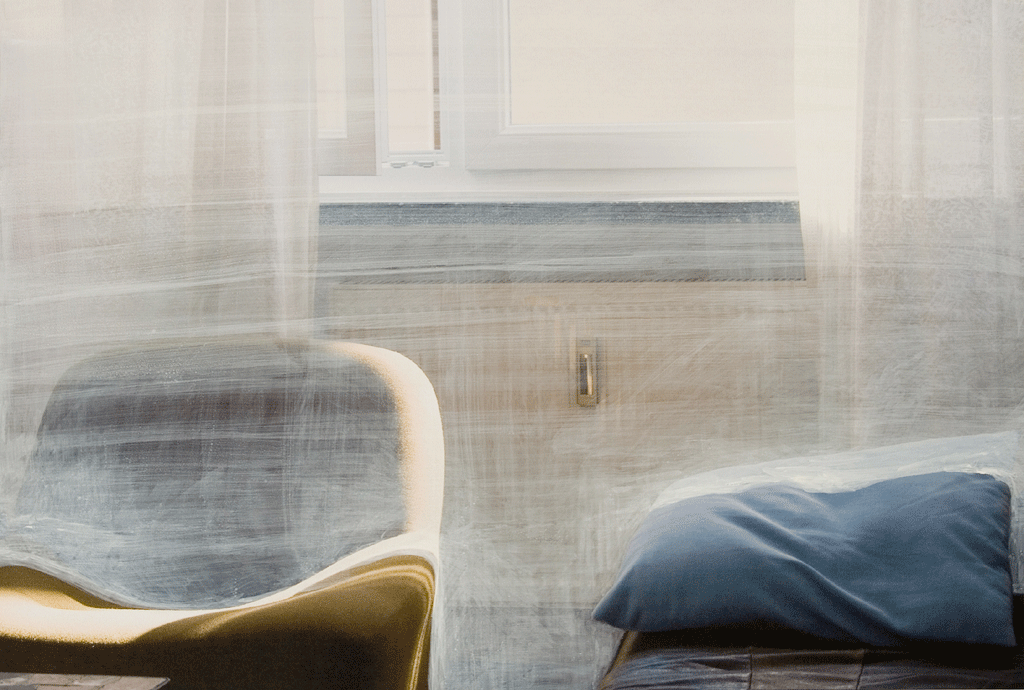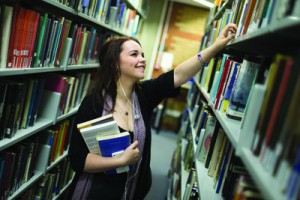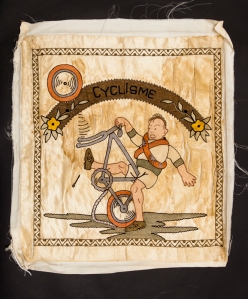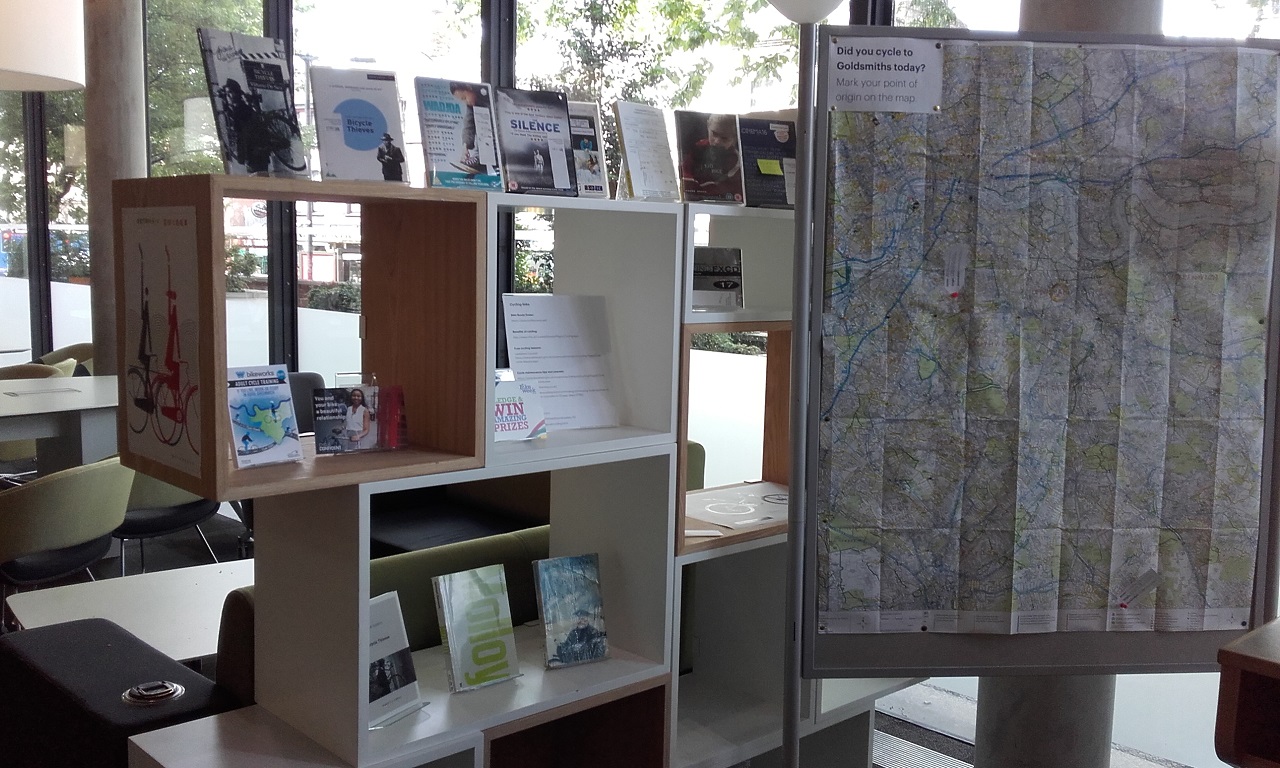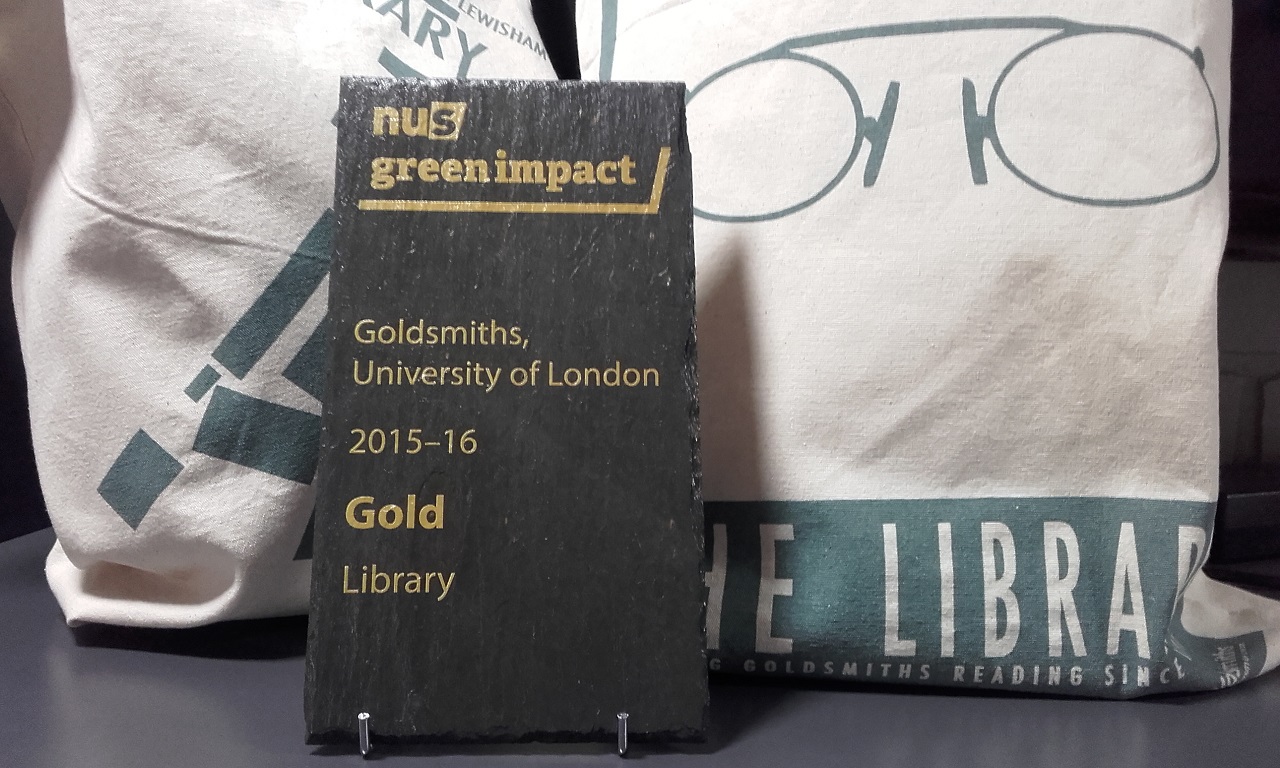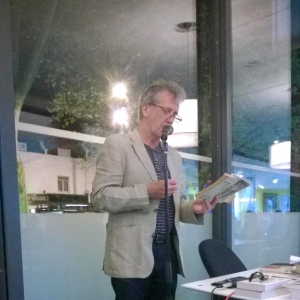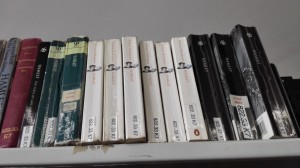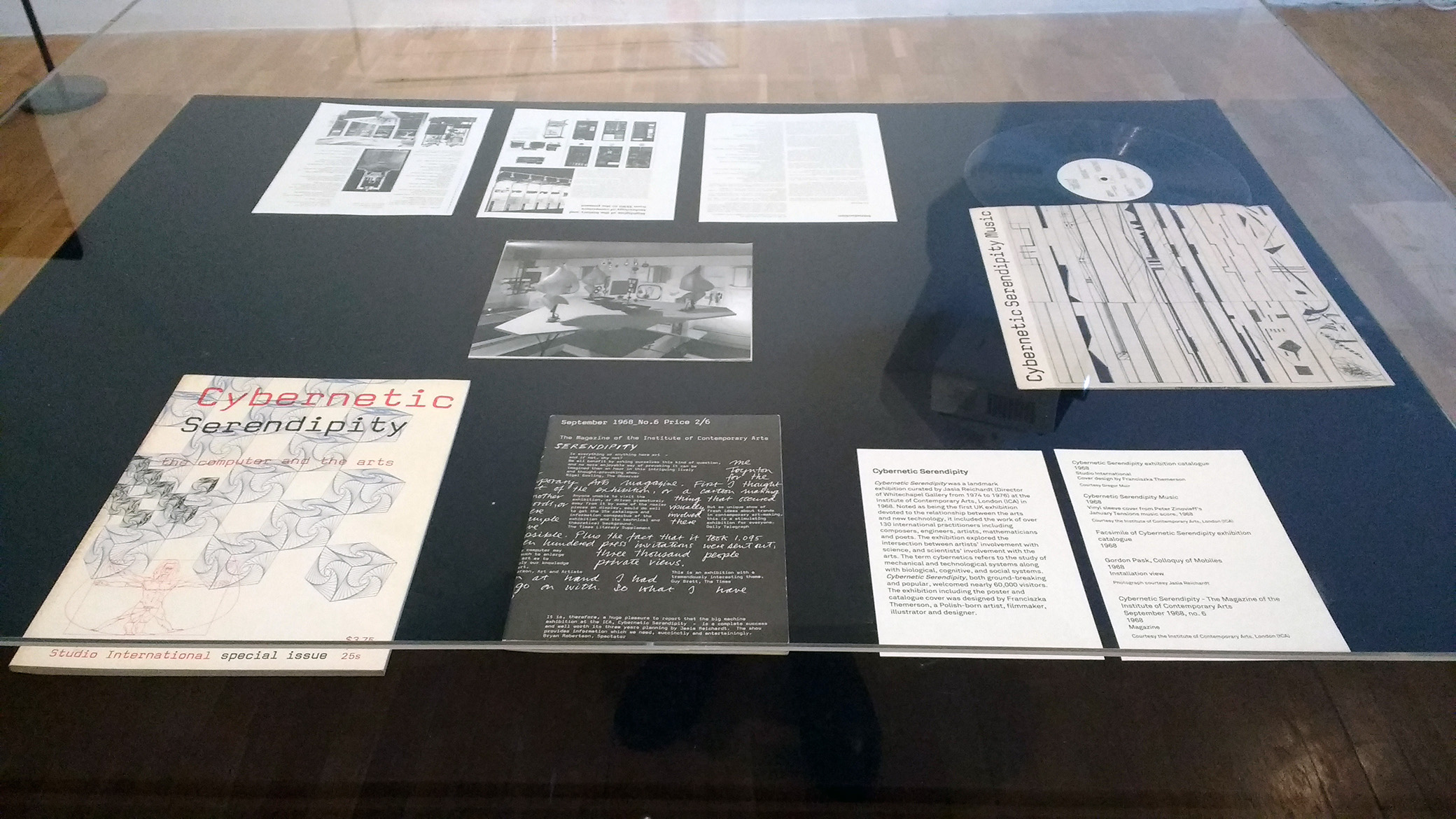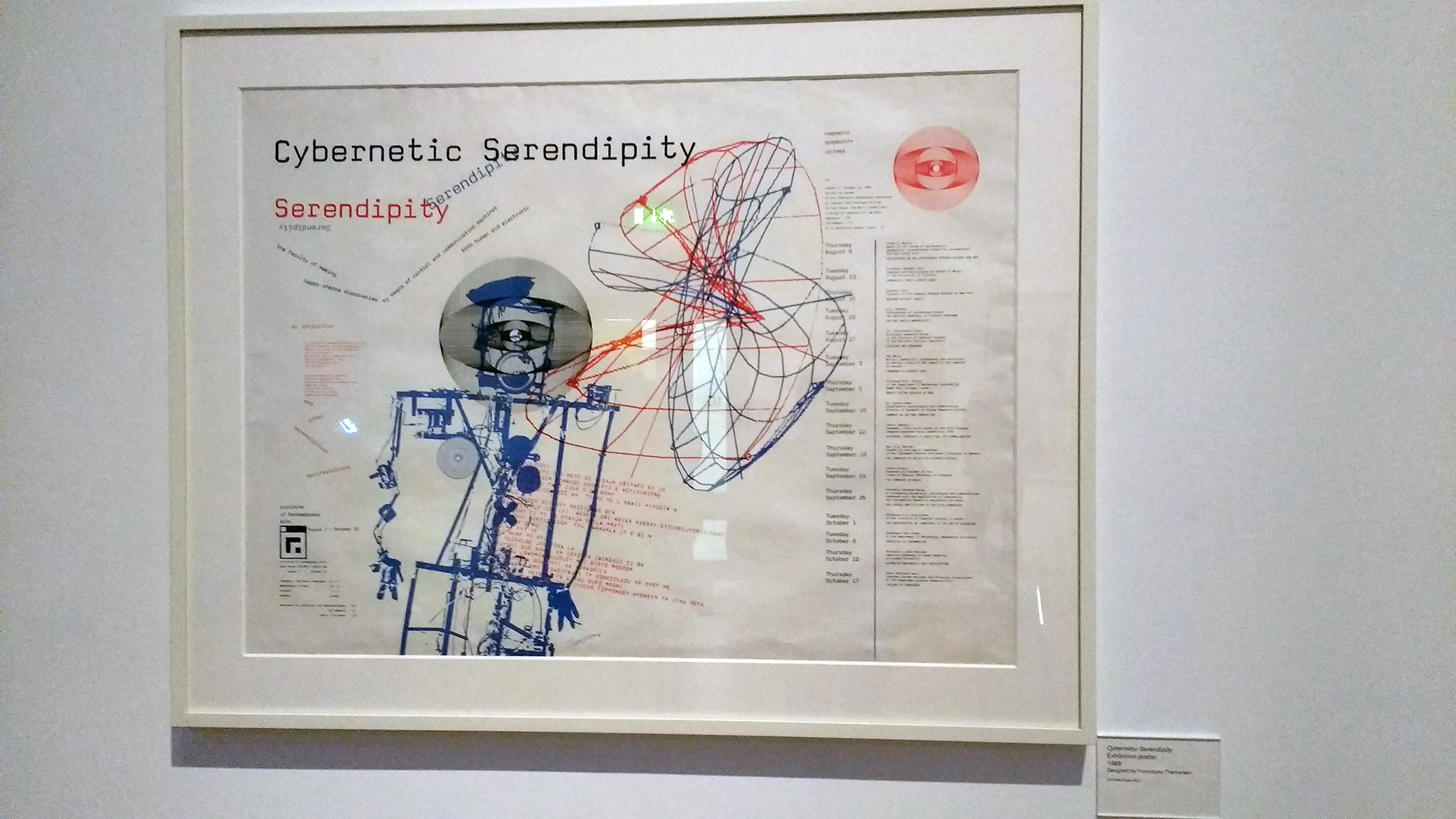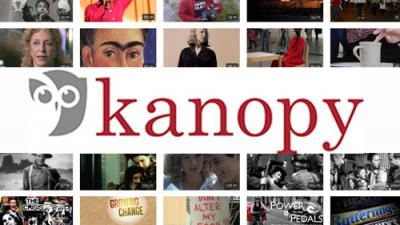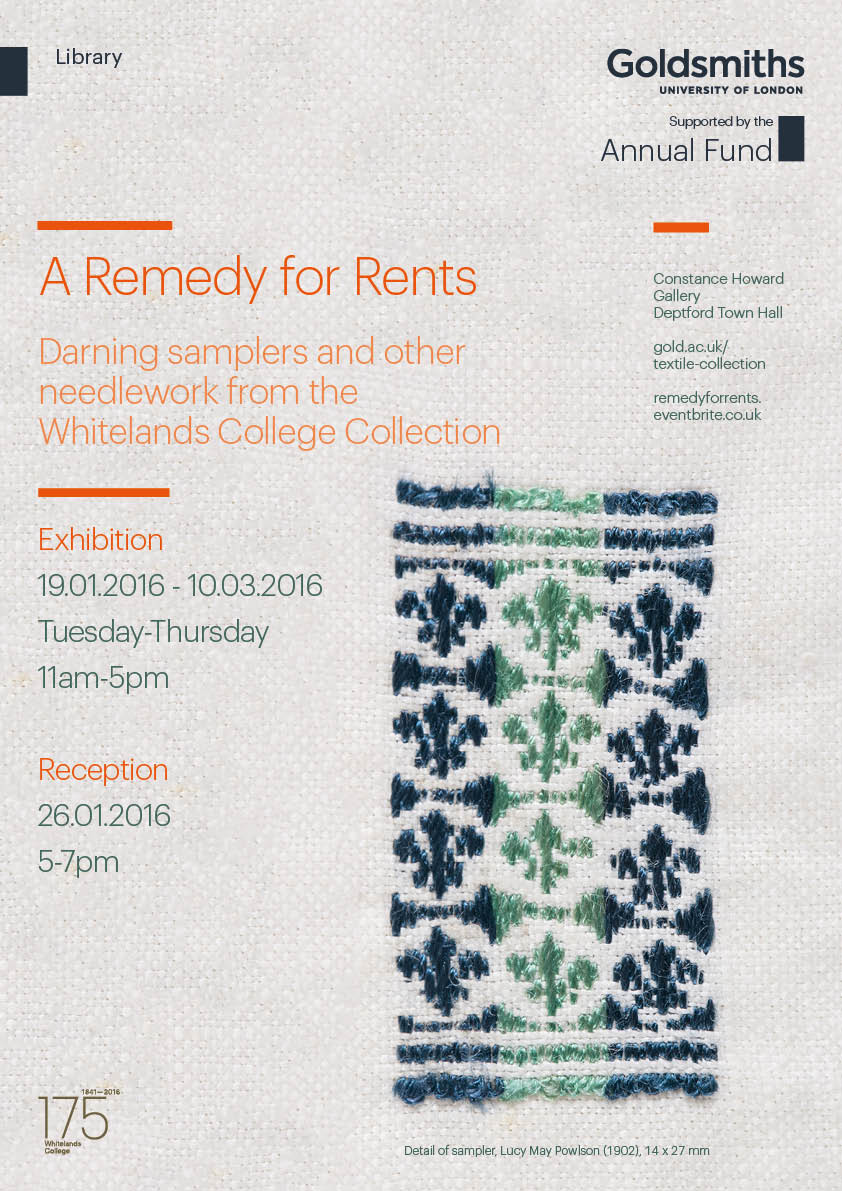
Rod Fisher on The Rod Fisher Archive: a talk about the global cultural policy collection held by Goldsmiths Library.
Hosted by Goldsmiths Library and the ICCE Department
Tuesday 1st March, 4.45 – 5.30
Prokoviev Room, 2nd floor, Goldsmiths Library
Free, all welcome.
Contact: s.moran@gold.ac.uk
Rod Fisher will talk about the archive of pamphlets and documents, relating to culture around the world, that he donated to Goldsmiths Library and which he continues to occasionally add to. The archive offers an invaluable resource for research into global cultural policy, collected during Rod Fisher’s long international career.
Rod Fisher co-founded the CIRCLE (Cultural Information Research Centres Liaison in Europe) network, set up originally to respond to the cultural policy interests of the Council of Europe, and was its first Chairman (1985–94).
Since establishing and directing the International Arts Bureau in 1994 and its successor, International Intelligence on Culture, in 2000, Rod Fisher has conducted a broad range of cultural policy research and consultancy commissions from such institutions as: the European Commission; European Parliament; European Cultural Foundation; Arts Council England; Irish Arts Council; Asia-Europe Foundation; Hong Kong Arts Development Council; Ministry of Education, Finland; National Arts Council, Singapore; Tokyo Metropolitan Authority. He chaired the European Task Force set up by the Council of Europe in 1994 to examine the state of culture and development in Europe, which produced the landmark report In from the Margins.
https://www.coe.int/t/dg4/cultureheritage/culture/resources/Publications/InFromTheMargins_EN.pdf
From 1976–94 Rod worked at the Arts Council of Great Britain, in a number of capacities, latterly as International Affairs Manager. He was responsible for producing in 1984 the first Code of Practice on Arts and Disability, adopted by all four Arts Councils in the UK and by Arts Council Ireland.
From 2002-2012 Rod was Director of the European Cultural Foundation UK Committee. He has served on a range of advisory committees, including the Japan Foundation UK (2005–2007) and the British Centre of the International Theatre Institute (2002-2012).
Recent, European Union engagements were as rapporteur for the EU Cyprus Presidency Conference ‘The Governance of Culture in Today’s Globalised World’ (Nicosia, August 2012) and moderator and key note speaker for the 3rd EU-China High Level Cultural Forum (Beijing, November 2012). He is currently independent expert in a study on culture in the European Union’s external relations, led by the Goethe Institut. A book on the EU and Culture is in preparation.
He has written extensively, researching and editing some 25 books, reports and directories and is the author of some 90 published journal articles.
Publications held by Goldsmiths Library include:
A cultural dimension to the EU’s external policies from policy statements to practice and potential. (706.992 FIS)
Developing new instruments to meet cultural policy challenges : report of an Asia-Europe Seminar on Cultural Policy, Bangkok, Thailand, 24-27 June 2004. (306 ASI)
Sweden and Finland / original research by Rod Fisher, Melita Douthwaite-Hodges and Tay Tong. (706.992 SWE)
South Africa / original research by Mike van Graan ; edited by Rod Fisher of the International Arts Bureau for the Arts Council of England. (706.992 VAN)
USA / original research by Jean Horstman ; edited by Rod Fisher and Anne Cockitt of the International Arts Bureau for the Arts Council of England. (706.992 HOR)
Arts networking in Europe : the second directory of trans-national cultural networks, associations and international non-governmental organisations in Europe / researched by Nicolas Vial Montero ; edited by Rod Fisher; 1997. (Q 706.992 ART)
Who does what in Europe? : an introduction to the role and cultural policies of the supra-national, inter-governmental or pan-European institutions and the scope they provide as sources of finance / compiled by Rod Fisher. (706.992 FIS)
Rod Fisher is Director of International Intelligence on Culture, the consultancy he founded, and since 2002 visiting lecturer on European cultural policies for ICCE and its predecessor at Goldsmiths.
The Rod Fisher Archive is part of Goldsmiths Library. It is available for reference on the second floor of the library.
